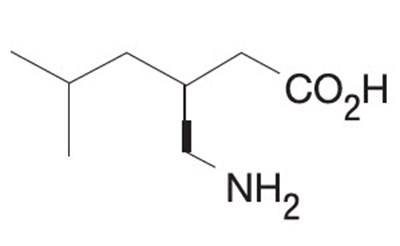Product Images Pregabalin
View Photos of Packaging, Labels & Appearance
Product Label Images
The following 14 images provide visual information about the product associated with Pregabalin NDC 50436-0326 by Unit Dose Services, such as packaging, labeling, and the appearance of the drug itself. This resource could be helpful for medical professionals, pharmacists, and patients seeking to verify medication information and ensure they have the correct product.
Label Image - lbl504360325

This is a description of Pregabalin medicine by Sciegen Pharmaceuticals. It comes in a pack of 30 capsules with a strength of 50mg. The manufacturer's NDC is 69367-325-09. The label warns to keep it out of the reach of children and store it at controlled room temperature. There are other details related to lot number, dose information, and Rx usage.*
Label Image - lbl504360326

NDC 50436-0326-1 is a medication called Pregabalin manufactured by Sciegen Pharmaceuticals. It comes in a package size of 5 mg/30 capsules. The manufacturer is located in Inchaupauge, New York. The medication should be kept away from children and stored at a controlled room temperature of 25°C (77°F). The package includes additional information on storage. The drug code for Pregabalin is 5060261. The text also includes some unclear parts.*
Figure 1 - pregabalin 02

This is a chart showing the percentage of patients who have shown improvement in their pain levels from a baseline after taking different doses of Pregabalin and Placebo. The data is presented in numerical form only.*
Figure 3 - pregabalin 04

This is a chart showing the effectiveness of Pregabalin in treating pain at different doses compared to placebo. The percent improvement of pain from baseline is also shown on the chart.*
Figure 4 - pregabalin 05

This is a chart that shows the percentage of patients who have improved their pain levels from baseline, based on the use of Pregabalin at different dosages and a placebo. Pregabalin was administered at a dose of 100mg or 200mg, three times a day, and the placebo was also used. However, there is no additional information on what this study or chart pertains to.*
Figure 5 - pregabalin 06

This appears to be a chart displaying the percentage of patients who experienced improvement in pain levels from baseline, categorized by the dosage of Pregabalin and placebo. The x-axis ranges from 220 to 250 with intervals of 10, indicating the percentage of improvement, and the y-axis ranges from 0 to 210, which is unclear what it represents. The chart shows that those who were taking 100mg of Pregabalin three times a day had the highest percentage of patients who improved, followed by those taking 50mg of Pregabalin three times a day, and then the placebo group.*
Figure 6 - pregabalin 07

This is a table showing the results of four different doses of a medication versus a placebo on a medical study with a total of 484 participants. The medication was tested in two different studies, labeled E1 and E3. The doses tested were 50mg/day, 150mg/day, 300mg/day, and 600mg/day. There is also a column labeled "Placebo". The results of the study are presented in terms of a percentage difference between each dose and the placebo. However, the purpose and findings of the study are not available from this information only.*
Figure 9 - pregabalin 09

This appears to be a graph comparing the percentage of improvement in pain from baseline across different doses of pregabalin and placebo. The highest improvement is seen with a daily dose of 600mg pregabalin, followed by 450mg pregabalin. A daily dose of 300mg pregabalin shows a lower percentage of improvement, but still better than placebo. The percentages are represented on the y-axis, while the different doses are represented on the x-axis.*
Figure 11 - pregabalin 11

This text appears to represent a graph or chart showing the percent improvement of subjects after 12 weeks of treatment with either Pregabalin or Placebo. The graph may have line graph lines representing different data points at various intervals including 210, 220, 230, 240, 250, 260, 270, 280, and 290. However, without a visual representation of the data, it is difficult to determine the full context or interpretation of these results.*
Figure 12 - pregabalin 12

The text describes a chart showing the percentage of subjects who improved from baseline to week 16, with two groups represented: Progateiin and Placebo. The chart includes values of 20, 220, 230, 240, 250, 260, 70, and 80. The Progateiin group shows 100% improvement.*
* The product label images have been analyzed using a combination of traditional computing and machine learning techniques. It should be noted that the descriptions provided may not be entirely accurate as they are experimental in nature. Use the information in this page at your own discretion and risk.



